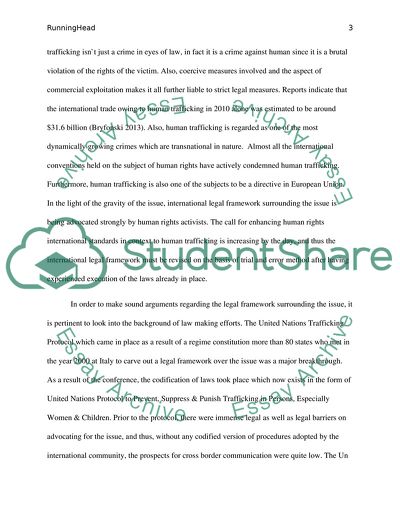Cite this document
(Analyzing the International Legal Framework to See Where the Criminal Coursework Example | Topics and Well Written Essays - 2000 words, n.d.)
Analyzing the International Legal Framework to See Where the Criminal Coursework Example | Topics and Well Written Essays - 2000 words. https://studentshare.org/law/1852494-human-trafficking
Analyzing the International Legal Framework to See Where the Criminal Coursework Example | Topics and Well Written Essays - 2000 words. https://studentshare.org/law/1852494-human-trafficking
(Analyzing the International Legal Framework to See Where the Criminal Coursework Example | Topics and Well Written Essays - 2000 Words)
Analyzing the International Legal Framework to See Where the Criminal Coursework Example | Topics and Well Written Essays - 2000 Words. https://studentshare.org/law/1852494-human-trafficking.
Analyzing the International Legal Framework to See Where the Criminal Coursework Example | Topics and Well Written Essays - 2000 Words. https://studentshare.org/law/1852494-human-trafficking.
“Analyzing the International Legal Framework to See Where the Criminal Coursework Example | Topics and Well Written Essays - 2000 Words”. https://studentshare.org/law/1852494-human-trafficking.


